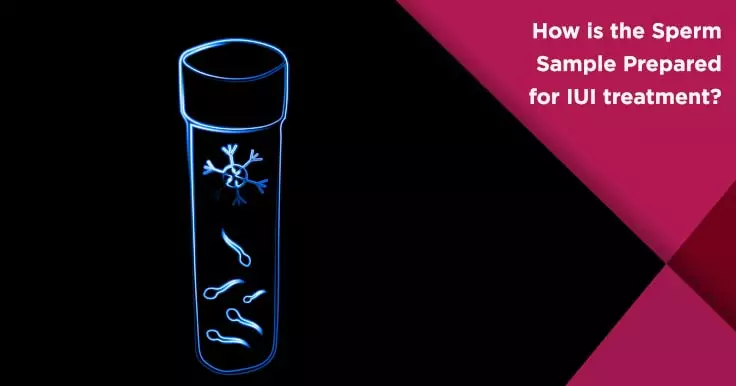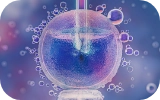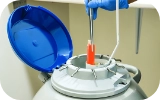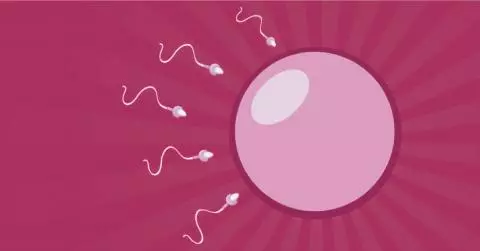Sperm Preparation Techniques for IUI: Methods and Importance

IUI is a relatively simple procedure performed on couples who have been facing difficulties in conceiving a child. Intrauterine Insemination or IUI involves the placement of sperm cells directly into the uterus to increase the probability of fertilization. It is a painless process done in the absence of an anaesthetic.
The procedure involves preparing the sperm cells to concentrate the most motile sperms for injection into the uterus. The goal of this is to increase the number of motile sperm cells that reach the eggs and subsequently increase the chances of fertilization.
Collection of The Sperm Sample
Collection of the sperm sample should be done after two to five days of sexual abstinence and not less or more. This is done in order to ensure maximum sperm count as well as the mobility and health of the cells produced. The sample collected in a sterile wide-mouth container and allowed to liquefy for about 30 minutes. The processing is started once the sample has liquefied and should ideally be completed within 90 minutes of collection.
What is Sperm Washing?
Prior to the process of IUI, a sperm sample is collected and washed. The sperm wash involves removing the extra fluid, eliminating the dead sperms, weak sperms, bacteria, debris, and prostaglandins that can cause uterine cramps, at the same time concentrating the most motile sperms in order to ensure that a larger number of motile sperm cells reach the uterus.
Washing is the first step of preparation of sperm sample for IUI. It involves separation of the sperm cells from the seminal fluid.
This process, in addition to removing toxins, also increases the chances of the sperm reaching the fallopian tubes by increasing its fertilizing capacity. Hence it can also aid couples with unexplained infertility or immune system disorders.
Techniques Used for Sperm Washing
The separation of sperm cells from the seminal fluid and any cryoprotectant is commonly done using three techniques.
- Basic sperm wash: In this process, a solution containing protein supplements and antibiotics are added to the sample and centrifuged repeatedly. Within a time duration of 40 minutes, the seminal fluid separates itself from the cells thereby concentrating the cells alone.
- Density gradient sperm wash: One of the popularly used techniques, this method separates the dead sperm cells, white blood cells and other elements in addition to the seminal fluid. The semen is placed on the top layer of a test tube filled with liquids of varying densities. During centrifugation, the healthy sperm cells move to the bottom layer of the tube while the remaining particles stay on top.
- Swim up technique: This technique relies on the motility and strength of healthy sperm cells. The semen is placed in a test tube with a layer of culture medium, where only the healthy cells move towards the culture where they are collected in order to be used for IUI.
 Infertility Counselling
Infertility Counselling Female Infertility Treatment
Female Infertility Treatment Andrology Treatment
Andrology Treatment Fertility Enhancing Surgeries - Female
Fertility Enhancing Surgeries - Female Fertility Enhancing Surgeries - Male
Fertility Enhancing Surgeries - Male Endoscopy Treatment
Endoscopy Treatment IUI Treatment
IUI Treatment IVF Treatment
IVF Treatment ICSI Treatment
ICSI Treatment Advanced IVF Solutions
Advanced IVF Solutions Embryology
Embryology Vitrification Egg, Embryo, Sperm Freezing
Vitrification Egg, Embryo, Sperm Freezing Preimplantation Genetic Testing (PGT)
Preimplantation Genetic Testing (PGT) Donation Program Embryo / Egg / Sperm
Donation Program Embryo / Egg / Sperm












